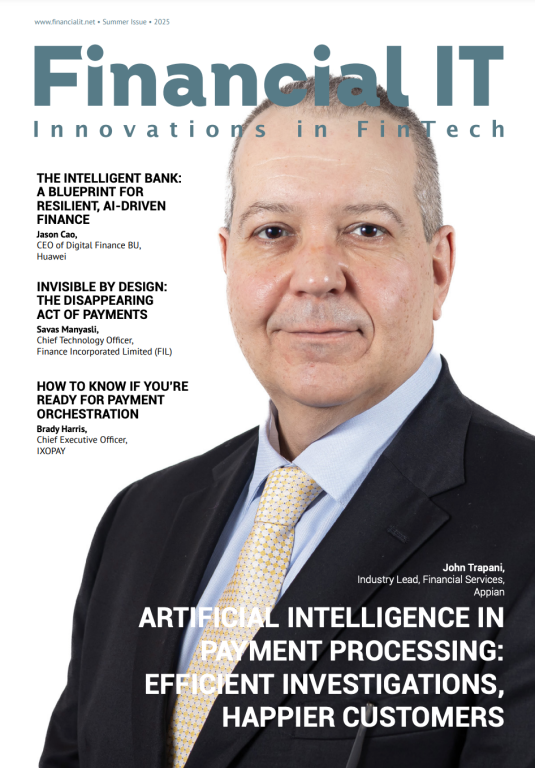Fiserv, Inc. (NASDAQ: FISV), a leading global provider of financial services technology solutions, today announced that Bank of the West, a $71.7 billion asset bank with locations in 22 states, has added the Snap-to-Pay(TM) capability to its mobile banking app. Snap-to-Pay enables customers to pay bills with a snap of their smartphone cameras and is currently offered through the Mobiliti Enterprise(TM) mobile banking and payments solution from Fiserv. Bank of the West is the first to launch Snap-to-Pay, branded for their customers as Scan to Pay.
All content with RSS
Under the terms of the agreement, which mainly covers wholesale banking IT infrastructure, HP will provide dedicated data centre services on demand including storage, platform and hosting.
Deutsche Bank will retain activities such as IT architecture, application development and information security.
Linedata (NYSE Euronext: LIN), the global solutions provider dedicated to the investment management and credit industries, today announced that BIL Manage Invest (BMI), the management company of Banque Internationale à Luxembourg (BIL), has selected Linedata Front Office Platform to manage their complete front-to-back asset management workflow across their full suite of investment funds.
Fiserv, Inc. (NASDAQ: FISV), a leading global provider of financial services technology solutions, today announced that Bank of the Ozarks, headquartered in Little Rock, Arkansas, successfully converted to the Premier(R) bank platform. In addition, the bank is implementing a host of additional Fiserv solutions to enhance capabilities and optimize processes for the institution.
Instinet Europe Limited (IEL) today announced its number five ranking, by customer market share, among cash equities brokers in Europe, according to a research report published by Markit.
Instinet was the only firm in the top ten to climb the rankings in 2014, increasing market share from 6% to 10%, doubling its traded client volumes in Europe last year and seeing volumes worth €990bn compared to €486bn in 2013. Instinet saw growth in large, mid and small cap equity securities.
Misys, the leading financial software company, has signed an agreement with ECB, a Zimbabwe-based application software and services provider, to join the Misys InFusion partner programme. Working with banks and government institutions in Zimbabwe, Malawi, Angola, Botswana, Zambia and other African countries, ECB provides expertise in application development, managed services, strategic sourcing, training and consulting, designed to bring efficiency and automation to client companies.
In a similar vein to the BIS’ recent progress report on BCBS 239, Markit commissioned its own survey. 29 global banks responded. So what difference did it make to the results when it’s not a regulatory body asking the questions? Are the answers perhaps less guarded and more honest? Or do the answers stack up?
Disruption, is a fascinating interest of mine, the magnitude occurring in energy, cars, Internet of Things and financial fronts is just amazing in its breadth and speed. On the energy front, U.S. growth has resumed due largely to the technical innovations of fracking and horizontal drilling. On the car front, Tesla, according to Forbes, has irreversibly distorted the auto industry. Homeowners with rooftop solar power and PPA financing (Power Purchase Agreements) are disrupting the very concept of an electric utility.
Metro NOW is a highly customizable, web-deployed trading platform that allows users to build and buy, taking advanced off-the-shelf software and adding a growing library of custom in-house widgets. It comes out-of-the-box with traditional Metro widgets, such as pricing, risk management and execution, and allows users to access and download an expanding catalog of widgets from the City Store.
Banks produce copious amounts of data daily through customer transactions, financial activities and from external markets. The raw data in itself has little value unless it is properly captured, consolidated, stored and extracted into ‘actionable information’. This information is further distributed, analysed and presented into actionable insights for driving business decisions. Here’s where Business Intelligence (BI) tools come in to leverage the data to extract maximum value.
This paper first appeared as an article in International Banker, February 2015.

















